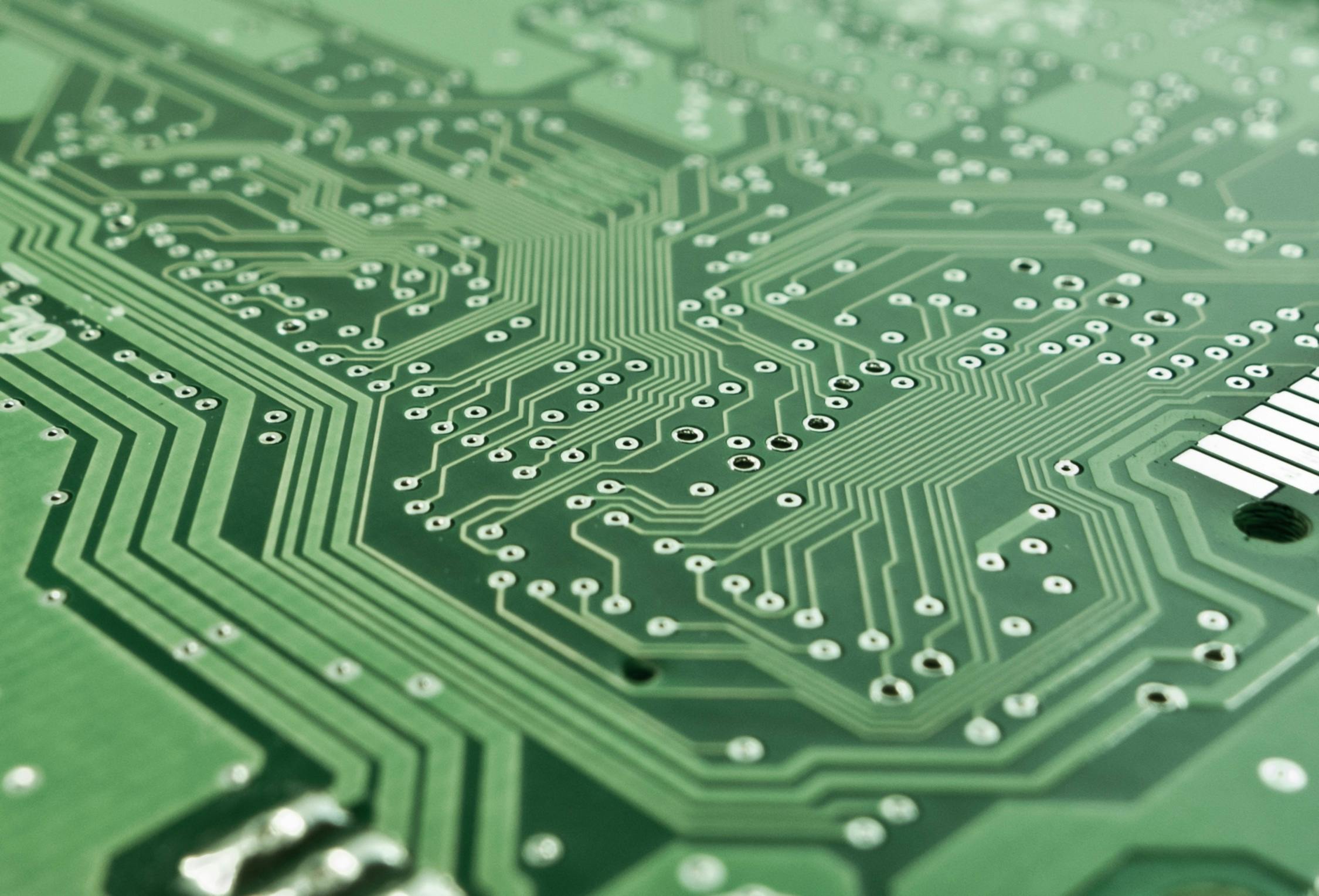VLSI vs Embedded Systems: Which One Should You Choose (Without Losing Your Mind)?
Choosing between VLSI and Embedded Systems is like choosing between tea and coffee — both wake you up, both are amazing in their own ways, but you can’t drink both all the time! ☕⚡
If you’re an electronics or computer student wondering where to focus — don’t worry. Let’s break it down in a simple, no-jargon way, with some real-life examples (and a few laughs).
🧠 What on Earth is VLSI?
VLSI stands for Very Large Scale Integration.
In simple words, it’s all about making tiny chips that run our big world — from your smartphone to satellites.
Imagine you’re trying to fit an entire city (houses, roads, traffic lights) into a matchbox.
That’s what VLSI engineers do — they fit millions (sometimes billions) of tiny electronic components called transistors into one small chip.
💡 In short:
VLSI = The people who design the brains of electronics.
⚙️ You’ll work on things like:
- Designing circuits that actually go inside chips.
- Writing Verilog or SystemVerilog code (it’s like the language chips understand).
- Checking if your design works — because a single mistake can make your phone act like a toaster. 🔥📱
- Using fancy tools (called EDA tools) to test and simulate chip designs.
💻 So What is Embedded Systems Then?
Embedded Systems is where hardware meets software for a specific job.
It’s like giving that chip (designed by the VLSI folks) a personality and a set of instructions — “Hey chip, blink this LED, read that sensor, and send data to Wi-Fi.”
You’ll find embedded systems in everything — washing machines, cars, drones, smart speakers, even your electric toothbrush (yes, that one’s smarter than you think 🪥💡).
💡 In short:
Embedded = The people who make devices “come alive” using code.
🛠 You’ll work on things like:
- Writing C/C++ programs for microcontrollers.
- Using sensors and actuators (basically, making stuff move and react).
- Working with real-time systems (devices that must respond quickly — like airbags).
- Debugging why your LED didn’t blink (and later realizing you forgot to plug in the wire 😅).
🧩 Simple Comparison Table
| Aspect | VLSI | Embedded Systems |
|---|---|---|
| What you do | Design chips | Make chips do useful things |
| Tools used | Verilog, EDA tools | C/C++, microcontrollers |
| Needs more | Electronics brain 🧠 | Coding heart 💻 |
| Learning curve | A bit steep (but cool) | Easier to start |
| Where it’s used | Inside chips | In smart devices |
| Common error | “Oops, the transistor count is off!” | “Oops, the semicolon is missing!” 😅 |
🚀 Real-Life Example
Let’s take a smartwatch ⌚
- The VLSI Engineer designs the chip that goes inside it — small, powerful, and energy efficient.
- The Embedded Engineer writes the code that tells it what to do — like track your steps, show time, and buzz when you’re lazy.
So basically:
👉 VLSI = Builds the brain
👉 Embedded = Teaches the brain how to think
Both are smart. Both are necessary.
🧰 Skills You’ll Need
🧮 For VLSI:
- Digital electronics (remember flip-flops, multiplexers, all those old friends?)
- Verilog/SystemVerilog
- Timing, synthesis, and simulation (don’t worry — you’ll learn this step by step)
- Patience — because one tiny bug can delay your chip by months 😬
💻 For Embedded:
- Strong C/C++ programming
- Microcontrollers (like Arduino, STM32, ESP32)
- Communication protocols (SPI, I2C, UART – sounds fancy, but it’s just “how devices talk”)
- Problem-solving — because your LED won’t blink the first 3 tries (trust me).
💰 Career Paths and Jobs
👨💼 VLSI Roles:
- RTL Design Engineer
- Verification Engineer
- Physical Design Engineer
- Analog/Mixed Signal Designer
💼 Where you’ll work: Semiconductor companies, chip design firms, and research labs.
👩💻 Embedded Roles:
- Embedded Software Engineer
- Firmware Developer
- IoT Engineer
- Automotive Embedded Developer
💼 Where you’ll work: Robotics, IoT startups, automotive companies, and consumer electronics.
💸 Salary and Demand (A Simple Take)
- VLSI: Fewer jobs, but high-paying and very technical. Think of it like being a brain surgeon for chips. 🧠💰
- Embedded: More jobs, more flexibility, and a wider variety of work. You can find projects almost anywhere.
Both are growing fields — the world literally runs on chips and embedded code.
🔍 Which One Should You Choose?
Ask yourself these:
- Do you love hardware and logic gates? → Go for VLSI
- Do you enjoy coding and tinkering with devices? → Go for Embedded
- Do you like seeing your project work physically (like robots or IoT gadgets)? → Embedded!
- Do you like designing what’s inside chips and solving circuit puzzles? → VLSI!
👉 If you’re still confused — try both!
Make a small embedded project (like a line-following robot 🤖), and try an FPGA project (like a digital counter). You’ll instantly know which one excites you more.
🧭 Final Words (and a Little Motivation)
Whether you go for VLSI or Embedded, remember this:
Every big invention — from smartphones to rockets — needs both.
- VLSI engineers make the chips.
- Embedded engineers make them do magic. ✨
So whichever path you take, stay curious, keep building, and most importantly — don’t be afraid to make mistakes. That’s how every engineer learns.
And who knows?
One day your chip might end up in someone’s phone — or your code might control a Mars rover. 🚀



Post Comment